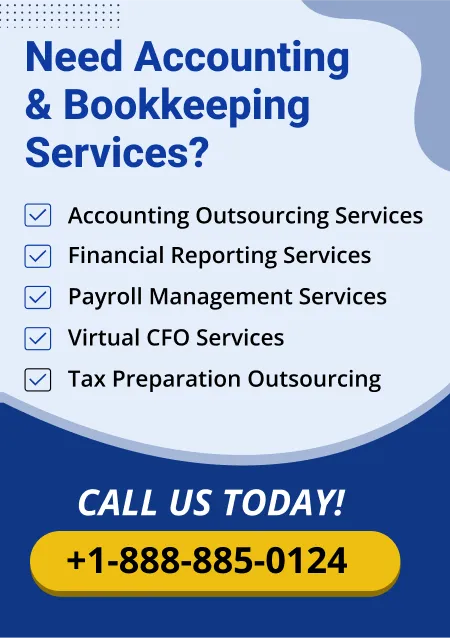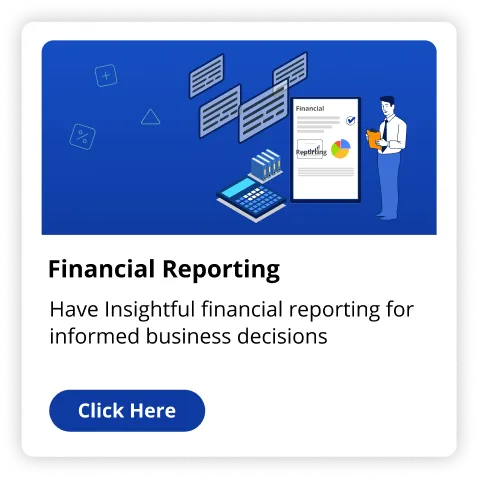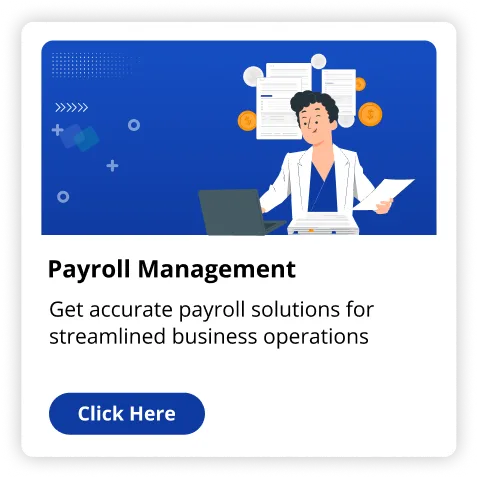Financial information analytics can be applied to companywide production in a wide variety of ways. It involves developing company goals, building dynamic profit, speeding up month-end close, etc. These help streamline budgeting and future insights.
Modern company planning and analytic solutions are emerging to address the changing roles of the finance group. This all-in-one principle. It enables them to approach a full data set of financial and operational data and rely on big data processing to bring scenario planning and pricing updates to help many people in the establishment. When creating reports more frequently and for various locations, it's proving critical for an enterprise to have a single root of data truth so all stakeholders can customize records from the same place so everyone is making accurate and consistent resolutions.
This article deals with the usage of financial data to improve decision-making in business.
Data Analytics for Financial Statements
A Financial Statement examination involves evaluating a company's historical information. It helps to better understand the current and future financial health of a company. You have access to holistic financial analysis. It can be done by tracking your financial performance alongside operational data. For many businesses, having dynamic financial statements means the data analysis is more real-time, so finance teams can use financial reporting to answer immediate questions.
The Financial Statements base gives finance professionals the tools to create multiple entity statements with more branch-specific details. This makes them more relevant to the people working in those parts. The inclusion of the operational data also helps in measuring ratios like revenue per person. This can be used to be time-consuming to compute across divisions and departments.
The Financial Statements can be reformed from the traditional data guide to visualizations. If you are the financial analyst for different divisions in a company, you can graph all or part of the report. For instance, the Australian team is struggling to control costs. The data platform enables you to get a full breakdown of costs monthly and quickly graph them all over a set period so the people responsible for the economic performance of that part can see at a glance what costs are spiking and potentially address some particular use cases.
Combining business intelligence with financial Services
Fintech consolidates financial and operational data from your ERP and other data sources and then works as a reporting, analysis, and budgeting platform, often mentioned to as a company planning and analytics base.
Finance professionals are taking benefit of artificial intelligence for query prompts in data analytics. It also takes gifts on customizing performance indicators in financial statements, swapping spreadsheets, etc. This is for built-in templates for financial models in these platforms. Finance teams have managerial rights but can also allow access to numerous people in the business so they can collaborate on financial planning.
A profit and loss statement can differentiate current to previous, current to previous to budget, current to budget, etc. It helps for a large insight. A customizable executive dashboard can make an expansive variety of metrics. It includes Return on Assets (ROA). It allows you to determine the efficiency of using assets.
Finance KPIs and metrics Gross Profit Margin
This KPI follows how much profit your company is developing on each dollar of revenue. It can be calculated after all direct costs associated with manufacturing. You retain more income from each dollar of sales with a higher Gross Profit Margin. This KPI allows you to calculate the productivity.
- Operating Expenses Ratio: This KPI helps you to follow and optimize your operating costs by contrasting the expense of running the core process to your total revenue. Changes to a company's OER over time indicate whether or not you raise sales without raising operating costs.
- Net Profit Margin: The Net Profit Margin is monitored by finance KPIs as it computes how well the company is turning revenue into financial gains. You are better off with a higher net profit margin. Any reduction should be keenly reviewed for issues such as unsatisfied clients lessening their orders.
- Current Ratio: This KPI is a liquidity ratio that computes the ability to pay short-term obligations. It is usually over the next 12 months. You are better off with a higher current ratio.
- Accounts Payable Turnover Ratio: This is another short-term liquidity metric that follows how fast a firm pays its suppliers and bills. A high APT ratio expresses that a company pays its bills frequently. This is important when negotiating with a supplier. But this also decreases the amount of available cash.
- Accounts Receivable Turnover Ratio: This ratio follows how fast an establishment collects payments. It shows how effective the company is at increasing credit. A low ART helps the company revise its policies. This ensures timely collection. With a higher ART, we can pay more short-term liabilities due to the increased availability of liquidity.
When are business decisions considered data-driven?
Conventional business decision-making requires the examination of information from multiple sources to determine a course of action. Should there be a need for further knowledge from any of the records, the process entails requesting the making of a new report. This results in a cumbersome and less insightful process.
Early, obtaining the essential facts and data for decision-making was a more challenging problem. But, the economic sector now has access to platforms that can handle an abundance of data. It can be easily shared, organized, analyzed and collected in different ways.
Selection of a data analytics resolution for financial data
It's essential that you choose a resolution that gives information in real-time, is user-friendly, and has a customizable dashboard for a changing slice and dice analysis. No longer limited by traditional records, users have fast access to their information from anywhere. Thus, they can stay on top of cost issues and new revenue opportunities. The ability to instantly generate and share records helps finance leaders to quickly respond to dramatic changes in trading conditions.
End Note
Using analytics and metrics guides to the best results. It can be done when it comes to making smart business decisions. Analyze key performance indicators (KPIs) alongside financial data to understand trends. These trends may affect revenue and profitability. This insight guides strategic moves and resource allocation. Keep your financial data relevant by continually updating the metrics you track. Engage with various departments to ensure the information reflects current business needs, fostering informed decision-making.
Fino Partners is best to secure your financial statements. It allows permission for access to your financial team and managers.


























